Environmental logos can be found on many products and packaging, yet we may not be aware of what they mean. The environmental logo is primarily related to the environmental commitments of packaging manufacturers. This may relate to recycling, composting, or the materials used in the design of the product.
From logos guaranteeing environmentally responsible manufacturing to those providing information on the end-of-life of the packaging, RAJA takes you on a journey todiscover the main environmental logos.
Why is it important to know the environmental logos?
Knowing and understanding the meaning of each environmental logo is of paramount importance at a time whenthe environment is at the centre of concern. This is true for both professionals and consumers.
Indeed, in order to choose environmentally responsible packaging, companies rely on the environmental logos that are inscribed. These can indicate the the origin of the materials used in the design of the packaging, its recyclabilityor indicate sorting instructions. These logos are aguarantee that manufacturers are respecting their ecological commitments.
For end customers, the environmental logo is a valuable guide to their consumption choices. They are increasingly sensitive to ecological aspects. In fact, at European level, 52% of buyers are looking for products packaged in more environmentally friendly packaging, according to a study by ProCarton. a study by ProCarton. Finally, it helps todirect the customer towards the correct end of life of the packaging.
Eco-responsible labels
Behind the environmental logos are various labels that guarantee the eco-design of packaging.
Official labels
Created in 1992 ,the European Ecolabel is the only official label that can be used in all European countries. It certifies thatthe product complies with the ecological criteria set out in Regulation (EC) No 66/2010 of 25 November 2009.
In order to obtain this label, the product as a whole must have a reduced impact on the environment throughout its life cycle, from the extraction of the raw materials to its end of life. Companies wishing to obtain the certification must contact AFNOR and submit a file containing proof of their commitment.
The NF Environnement label operates on similar principles to those of the EU Ecolabel. This label, which was created in 1991, has a fundamental difference from the previous label. It only concerns the French national territory. For the rest, the product wishing to obtain the NF Environnement label must also comply with certain criteria of fitness for use and strict ecological criteria.
Other eco-responsible labels
Other labels guarantee the ecological quality of packaging. These include the FSC label, or Forest Stewardship Council. In French, this simply means “Conseil de bonne gestion des forêts”.
The FSC label is awarded by independent bodies and is based on a concrete forest management plan. It proves the involvement of the forest manager in sustainable development issues , including natural resource management. The certification body awards the FSC label after examining the initial quality of the forest. Audits are organised every year for 5 years, i.e. throughout the contract period.
In the same spirit,the PEFC label, for Programme for the Endorsement of Forest Certification Schemes, guarantees sustainable forestry practices. It takes into account societal, environmental and economic dimensions. PEFC-certified products are monitored from the forest, through the processing and marketing chain to ensure compliance with PEFC traceability rules. Like the FSC label, it is issued by independent certification bodies.
Finally, among the environmental labels are the OK Compost and Ok Compost Homelabels. Labelled products do not contain any harmful substances. In thefirst case, they can be composted in an industrial installation, and in thesecond, in a home compost bin. In order to obtain this label, the products must pass 4 tests: the biodegradation test, the disintegration test, the ecotoxicity test, and a measurement of the quantities of heavy metals and fluorine.
The different environmental logos to know
Printed on paper and packaging, the environmental logos certify that the products comply with the requirements of the labels mentioned above. Other logos simplyidentify the material of the packaging, its recyclability, or the sorting rules. To find out more about recycling cardboard, paper and plastics, please see our complete guide to packaging recycling.
Among the most common environmental logos you will find :
The European Ecolabel and the NF Environment label
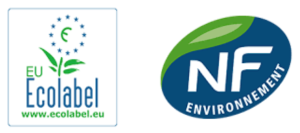 |
These two labels, which are displayed on packaging, ensure that products have the least environmental impact during their life cycle. |
The PEFC and FSC labels
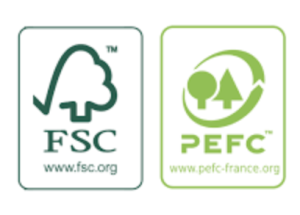 |
These logos guarantee the responsible manufacture of the product. The design material is made from wood from sustainably managed forests, or from recycled materials. |
The Möbiu ribbon
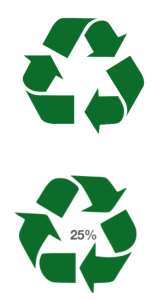 |
Recyclable packaging is marked with this logo. However, it is not certified or controlled and can be used freely by manufacturers. Sometimes a percentage is indicated in the centre. This figure indicates the percentage of recycled material used to design the packaging. |
The RESY label
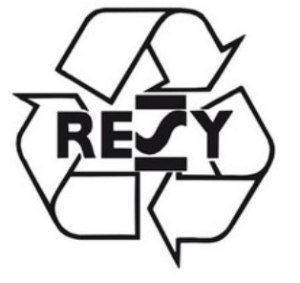 |
This private German label, which stands for Recycling System, is awarded to member companies that comply with certain manufacturing procedures. It certifies the recyclability of the cardboard used in the packaging. |
The Green Dot
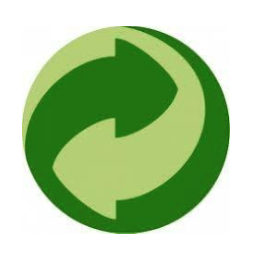 |
This logo marks the packaging manufacturer’s commitment to packaging recovery, collection and sorting. |
The APUR label
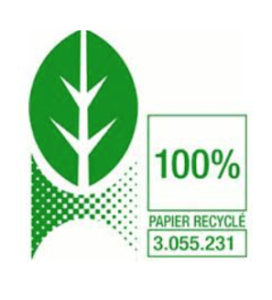 |
This logo can be used when the paper or cardboard contains at least 50% recycled cellulose fibre. This rate is indicated in the rectangle on the right, and may vary depending on the packaging. |
The Triman pictogram
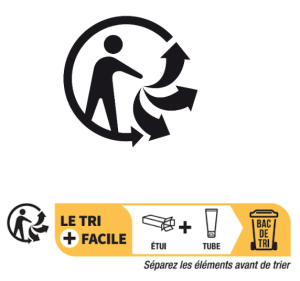 |
This logo indicates that the packaging must be sorted or returned to a collection point for recycling. Recently, it has been used to create the Info Tri. This informs consumers of the sorting rules for the packaging, i.e. the destination of the various components of the packaging. |
The OK Compost and OK Compost Home logos
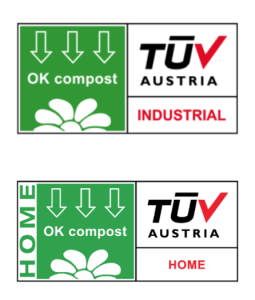 |
The first logo tells the consumer that the packaging is compostable in an industrial composting centre. The second means that the product is easily compostable. It can then be integrated into a domestic compost. |
The “aluminium” symbol
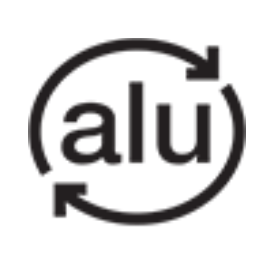 |
The “aluminium” sign This symbol is found on various types of packaging, such as cans, and indicates that they contain aluminium. This material is infinitely recyclable. |
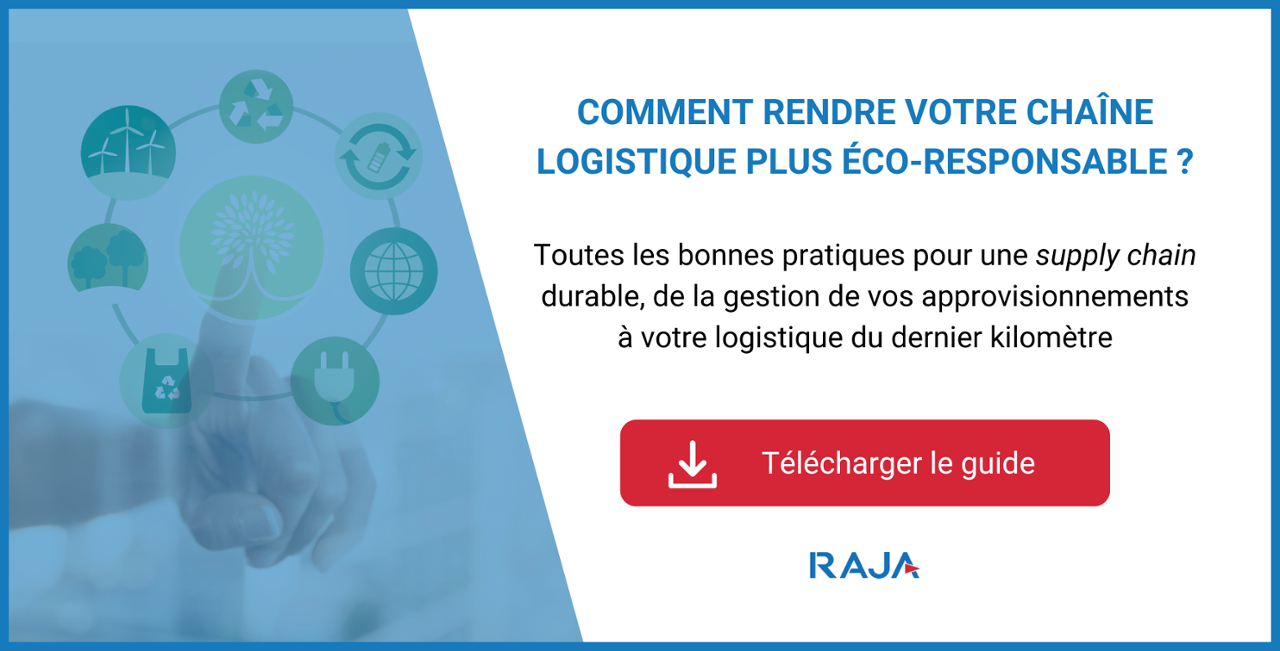
These environmental logos are now of great importance at all levels. To improve your packaging strategy, don’t hesitate to consult our article on eco-responsible criteria and labels to put on your packaging, and all the resources on our site. An environmental logo is indeed a considerable asset for your brand’s image.















